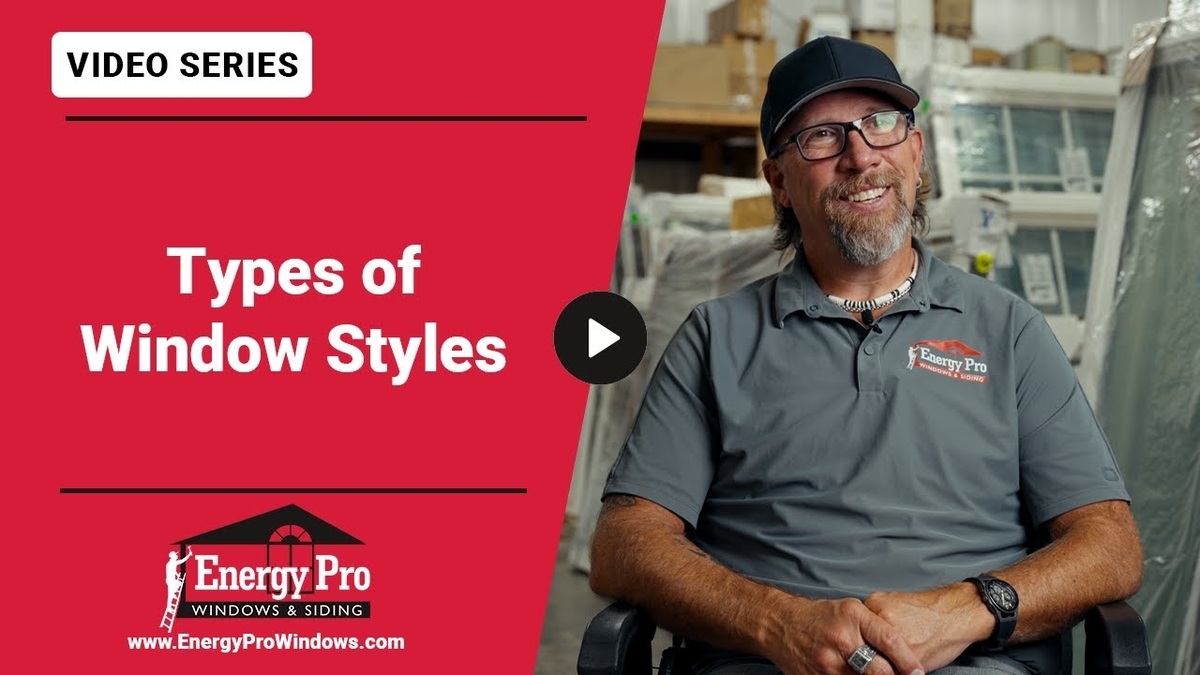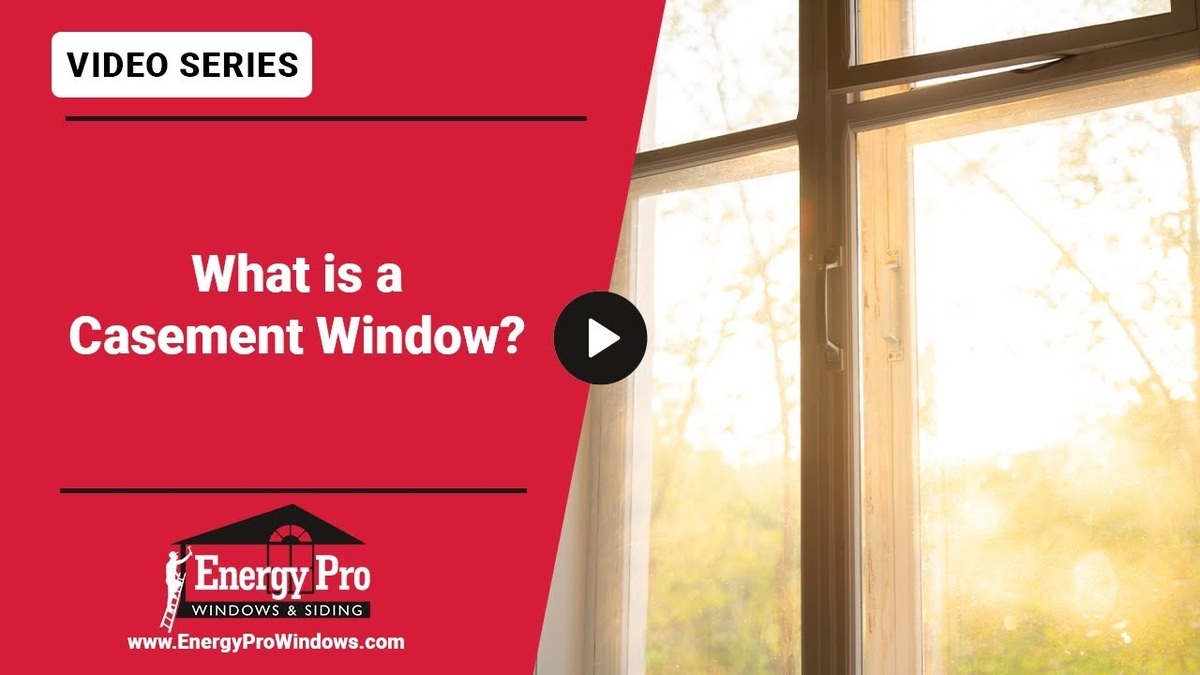Some windows may look the same, but the glass inside plays a major role in how they perform. From blocking heat to letting in natural light, different window glass styles affect everything from energy bills to indoor comfort. At Energy Pro, we help homeowners understand the key performance ratings, compare glass options, and choose the right combination of materials to get the most out of their new windows.
Understanding the Energy Star Sticker
Every quality window has an Energy Star sticker. It includes four main ratings that help you understand how the window will perform in your home.
1. U-Factor: Keeps Heat Inside
The U-factor shows how well a window holds heat inside your home. It’s a test score that measures heat flow. For better performance, choose a window with a U-factor of 0.30 or lower. The lower the number, the better it will insulate your home during colder months.
2. Solar Heat Gain Coefficient (SHGC): Blocks Heat from the Sun
SHGC tells you how much heat and UV light from the sun passes through the window glass. A lower number means the window lets in less heat, which is ideal during hot summers.
3. Visible Transmittance (VT): Lets in Natural Light
This number shows how much natural daylight the window allows into your home. A higher VT means you’ll enjoy more sunlight during the day and may not need to rely on indoor lighting as much. It’s great for keeping energy bills low and living spaces bright.
4. Air Leakage: Seals Your Home
Air leakage ratings indicate how much outdoor air can leak into your home through the window. With modern high-efficiency furnaces and air conditioners, this is especially important. These systems pull in return air, and if your windows leak, they can pull unconditioned outside air into your home. That drives up heating and cooling costs. You want a number at or below 0.30 for best performance.
Frame Types and Glass Performance
The numbers above are a great starting point, but the materials used in the frame and the glass unit also affect overall window efficiency. Let’s break down the options.
Insulated Glass Units (IGUs)
Most modern windows use double- or triple-pane glass separated by air or gas. These layers form a thermal barrier to block heat flow and reduce energy loss. Many units also include low-emissivity (Low-E) coatings to reflect heat and UV rays, further improving efficiency.
Choosing the Right Window Frame
The window’s frame material is just as important as the glass. It affects how much outside air and temperature can transfer into your home. Here’s how different materials compare:
1. Vinyl Frames: Low-Maintenance and Efficient
Vinyl is the go-to option for many homeowners. It’s:
- Energy efficient
- Affordable
- Maintenance-free
Vinyl windows don’t need painting or sealing and are a reliable choice for long-term performance.
2. Fiberglass Frames: Strong and Durable
Fiberglass is another great option for low-maintenance and energy performance. Many fiberglass frames are filled with polyfoam insulation, which further reduces heat transfer between the outside and inside of your home.
3. Wood Frames: Traditional but High Maintenance
Wood frames can be beautiful but they do require care. You need to paint, caulk, seal, and clean them regularly to prevent moisture problems and wood rot. If you miss this upkeep, the frame can start to break down.
4. Aluminum Frames: Not Recommended for This Area
Aluminum frames are not used in our region due to poor insulation and high maintenance needs. They tend to conduct heat and cold easily, making them inefficient and unsuitable for homes around here.
Insulated Frames Add Even More Efficiency
Some windows are built with polyfoam-filled insulated frames. These frames provide another layer of defense against outdoor temperatures, keeping your home more stable and your HVAC system from overworking. This small feature can make a big impact on your utility bills.
Why All These Details Matter
When you’re comparing window glass styles, you need to look beyond the brand name and think about performance. Choosing the right U-factor, SHGC, VT, and air leakage rating—along with the right frame—can:
- Lower heating and cooling costs
- Reduce outdoor noise
- Improve indoor comfort all year long
- Keep maintenance low for years to come
In Summary
At Energy Pro, we install energy efficient windows that are built to perform. If you’re considering new windows for your home, don’t just settle for any option—work with a team that understands every part of what makes a window energy efficient. From frame materials to glass ratings, we help you compare the right window glass styles and choose what fits your home best.
If you want to learn more or get a free consultation, contact us today.



